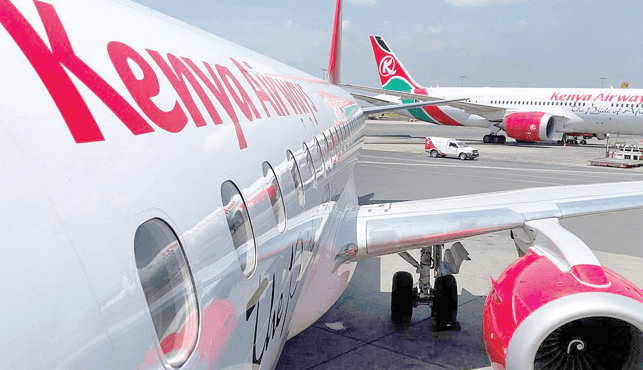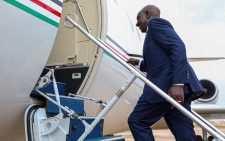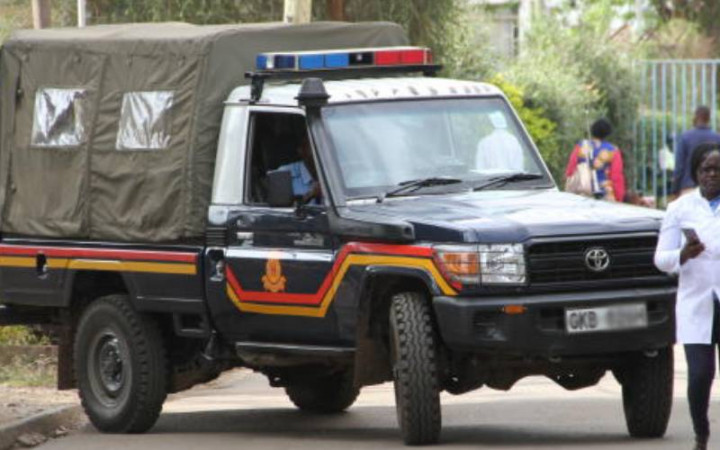KQ turnaround offers blueprint for other parastatals

Kenya Airways’ announcement of a Sh5.4 billion profit after tax for the financial year ending December 31, 2024, marks a historic milestone – the airline’s first full-year profit since 2013.
This dramatic turnaround from a Sh22.7 billion loss in 2023 underscores a rare success story among Kenya’s beleaguered state-owned enterprises (SOEs).
After more than a decade of financial turbulence, this achievement not only signals a potential revival for the national carrier but also offers critical lessons and cautious optimism for other parastatals teetering on the edge of collapse.
For Kenya Airways (KQ), the profit reflects the fruits of a determined restructuring effort, but for the broader landscape of state-owned companies, it raises the question: can this model of recovery be replicated?
The significance of KQ’s Sh5.4 billion profit cannot be overstated. For years, the airline has been a symbol of mismanagement and fiscal strain, accumulating losses that deepened its negative equity to Sh118.2 billion by the end of 2024, despite the recent gains.
The turnaround, driven by a 6 per cent revenue increase to Sh188.5 billion, a 4 per cent rise in passenger numbers to 5.23 million, and a 25 per cent surge in cargo volumes to 70,776 tonnes, reflects the success of its “Project Kifaru” strategy.
This initiative emphasised operational efficiency, cost discipline, and market adaptability – key factors that reversed an operating loss of Sh5.6 billion in 2022 to an operating profit of Sh16.6 billion in 2024.
Foreign exchange gains of Sh10.55 billion, bolstered by a stronger Kenyan shilling, further cushioned the bottom line, highlighting the interplay between macroeconomic conditions and corporate recovery.
This milestone comes after years of state bailouts, with the government injecting billions – Sh55.8 billion alone in recent years – to keep KQ afloat.
The Treasury’s role in servicing guaranteed debt, such as the Sh53.7 billion paid toward a Sh69.9 billion loan from the US Export-Import Bank, underscores the heavy taxpayer burden.
Yet, the 2024 profit suggests that strategic restructuring, rather than perpetual handouts, can yield results.
KQ’s leadership, under CEO Allan Kilavuka, has prioritised reducing financial leverage and attracting a strategic investor, a move still in progress but critical for long-term sustainability.
The airline’s ability to wean itself off direct budget support in 2024, except for debt servicing, signals a shift toward self-reliance – a rare feat among Kenyan SOEs.
For other state-owned companies like Kenya Power, which continues to grapple with liquidity gaps despite a Sh2.35 billion bailout in 2022, or the Kenya Railways Corporation, burdened by debt from the Standard Gauge Railway project, KQ’s turnaround offers a blueprint.
These entities share common afflictions: chronic losses, overreliance on government funding, and operational inefficiencies. KQ’s success suggests that a combination of clear strategic vision, cost management, and leveraging market opportunities – such as the airline’s focus on cargo growth amid global supply chain shifts – can pave the way to recovery.
However, the airline’s journey also exposes the limits of this model without addressing deeper structural issues.
One key lesson is the importance of adaptability. KQ’s revenue growth stemmed from rebuilding its route network post-COVID-19, increasing flight frequencies, and capitalising on cargo demand.
This agility contrasts sharply with the inertia plaguing other SOEs, where outdated business models and resistance to change perpetuate losses.
For instance, Kenya Power’s struggles with high electricity tariffs and an ageing grid could benefit from a similar pivot – perhaps by accelerating renewable energy adoption or modernising distribution to cut costs.
Similarly, Kenya Railways could explore public-private partnerships to boost freight volumes, mirroring KQ’s market-driven approach.
Yet, KQ’s profit does not erase its vulnerabilities, nor does it guarantee replicability across the SOE sector. The Auditor General has warned that the Sh55.8 billion bailout may never be recovered, a sobering reality for taxpayers.
Other SOEs face comparable debt burdens, often compounded by corruption and political interference – factors KQ has not fully escaped.
While Project Kifaru succeeded by focusing on operational excellence and customer obsession, such discipline requires leadership continuity and insulation from political meddling, both of which have historically undermined parastatals.
Moreover, KQ’s turnaround benefited from external tailwinds, like the shilling’s 20 per cent appreciation against the dollar in 2024, which mitigated foreign-denominated debt costs. Other SOEs may not enjoy similar macroeconomic luck.
— The writer is a Communication Consultant














